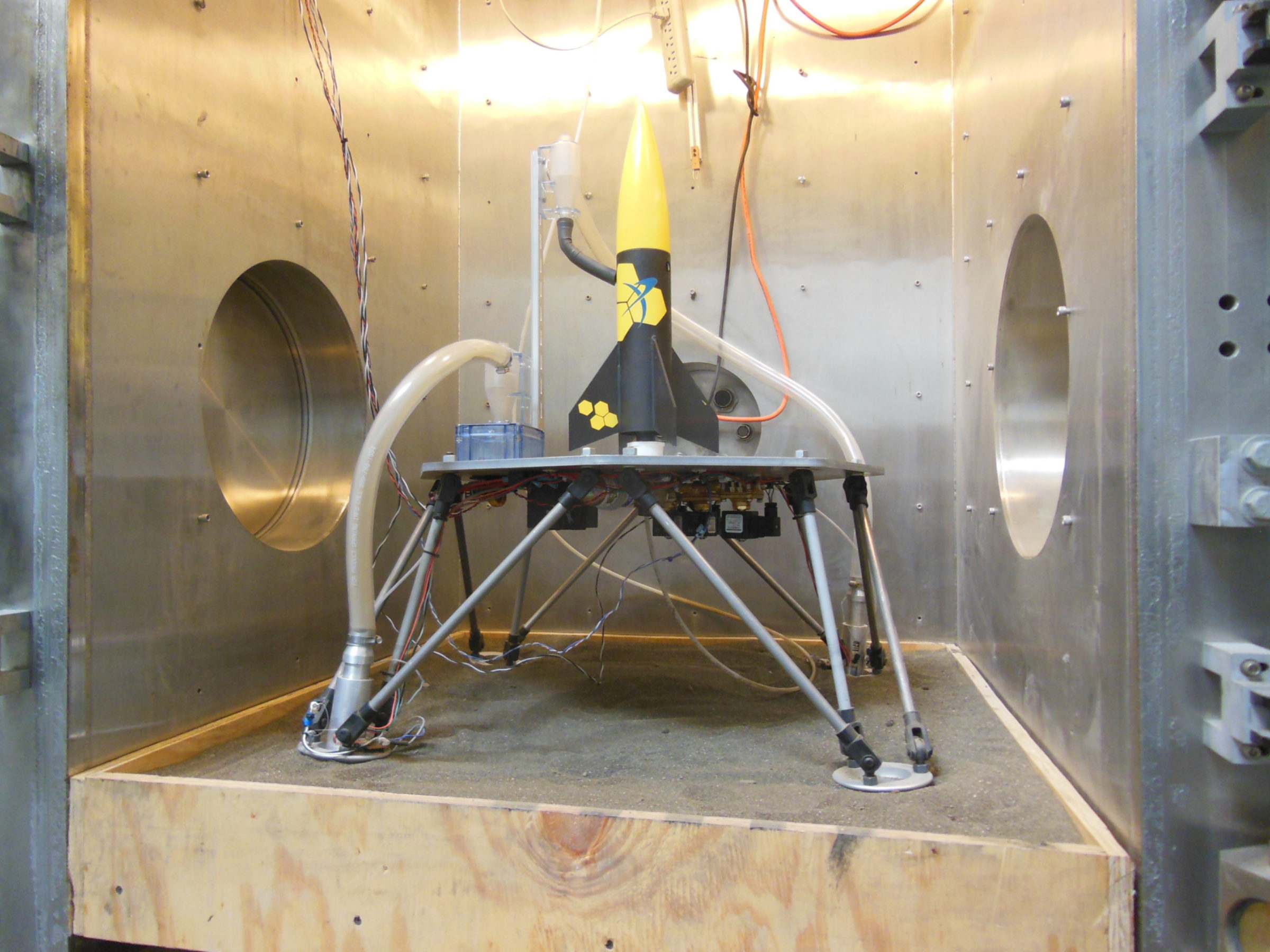Bruce Betts • Mar 07, 2014
PlanetVac at the IEEE Aerospace Conference
I received the following report from PlanetVac project leader Kris Zacny of Honeybee Robotics. Kris is in Montana presenting results of the Planetary Society project PlanetVac that created a prototype planetary dirt sampling system and tested it under Martian pressures. Experiments were very successful. The video Kris references is below his report and below that is the abstract of the conference paper he presented.

Yesterday afternoon I arrived in a beautiful mountain resort of Big Sky, MT. The resort is a home to an annual IEEE Aerospace Conference which attracts over 500 participants each time. In my opinion, this is one of the best venues to present a technical paper. The conference itself is highly technical and spans a number of disciplines, including space exploration.
This morning, I presented work performed on the PlanetVac project. Other presentations included Venus airplane, Mars2020 sampling architecture, and Planetary Protection, just to name a few. My presentation attracted over 40 people. I had 25 minutes which included QandA. The presentation went very well but the highlight was of course the video which is currently on YouTube.
After the main presentation, there were many questions including whether the pneumatic system has any particle sorting (it does, if the volume and gas pressure is too low). Another speaker presenting work on a sample return mission from Mars became interested in using this technology for a contingency sample (this would eliminate bringing robotic arms and scoops and in turn save mass, volume, and of course cost). Maybe soon we will see PlanetVac on Mars!
PlanetVac: Planetary Surface Sampling Vacuum Chamber Demonstration Honeybee Robotics' PlanetVac, made possible by The Planetary Society, is a new way of doing one of the hardest yet most valuable things in planetary exploration: sampling a planetary surface -- gathering planetary dirt -- and then transferring that dirt to a science instrument or sample return capsule. This video documents the first test of a complete prototype PlanetVac system, done in a vacuum chamber at Mars-like pressures. PlanetVac, which stands for Planetary Vacuum, is a concept that effectively vacuums up planetary regolith (the dirt overlying bedrock) for quick and reliable surface sampling.
Here is the abstract of the paper Kris presented at the conference:
This paper describes a PlanetVac mission concept utilizing a pneumatic system for sample acquisition and delivery, and the design and testing of a prototype system. The lander uses sampling tubes embedded within each lander foot pad. Each tube can deliver in excess of 20 grams of regolith and small rocks directly into science instruments or a sample return spacecraft for earth return. To demonstrate this mission approach, a small lander with four legs and two sampling tubes has been designed, built, and tested. Testing has been performed in vacuum chamber and with two planetary simulants: Mars Mojave Simulant (MMS) and lunar regolith simulant JSC-1A. One sampling system was connected to an earth return rocket while the second sampling system was connected to a deck mounted instrument inlet port. Demonstrations included a drop from a height of ~50 cm onto the bed of regolith, deployment of sampling tubes, acquisition of regolith into an instrument (sample container) and the rocket, and the launch of the rocket. In all tests, approximately 20 grams of sample has been delivered to the regolith box and approximately 5 grams of regolith has been delivered into a rocket. The gas efficiency was calculated to be approximately 1000:1; that is 1 gram of gas lofted 1000 grams of regolith.
The Time is Now.
As a Planetary Defender, you’re part of our mission to decrease the risk of Earth being hit by an asteroid or comet.
Donate Today

 Explore Worlds
Explore Worlds Find Life
Find Life Defend Earth
Defend Earth

